Cargando...
Recursos educativos de Lingua italiana para Primero de ESO
-
Nivel educativo
-
Competencias
-
Tipología
-
Idioma
-
Tipo de medio
-
Tipo de actividad
-
Destinatarios
-
Tipo de audiencia
-
Creador
-
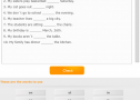
Prepositions
Tiching explorer Organización
- 4 lo usan
- 3811 visitas
In this activity we have to complete the sentences with the missing prepositions (an, it, on).
-

Video: Eco Defenders
Tiching explorer Organización
- 1 lo usan
- 4357 visitas
The Eco Defenders video aims to inform us on how we can help reduce global warming. We learn how to save energy, water, and recycle.
-

Present Simple and Presen Continuous - Audio
Nicolás Puel Docente
- 4 lo usan
- 2240 visitas
This excercise is an audio so the student can improve knowledge and the listening skills.
-
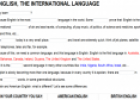
English, the international language
Tiching explorer Organización
- 1 lo usan
- 10454 visitas
The resource contains a text about the importance of English language. We speak about the language and English-speaking countries. We compare American English and British.
-
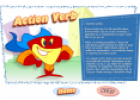
Grammaropolis: Parts of speech
Tiching explorer Organización
- 9790 visitas
Learn about the parts of speech (action verbs, nouns, adjective, prepositions, etc.) with funny characters.
-

Family members
Tiching explorer Organización
- 1 lo usan
- 8885 visitas
In this activity we practice vocabulary related to the family.
-

The Postcard
Tiching explorer Organización
- 8321 visitas
The resource contains a short text (a postcard). Read the text and complete the comprehension activity.
-
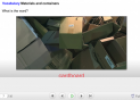
Materials and containers
Tiching explorer Organización
- 1 lo usan
- 3419 visitas
The resource consists of a visual presentation about recycling materials and containers. We identify what are several common objects made of. Useful resource to display in the classroom.
-
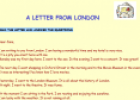
Reading: A letter from London
Tiching explorer Organización
- 1 lo usan
- 2667 visitas
The resource consists of a reading comprehension activity. We read a text and answer the questions.
-
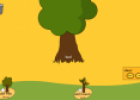
Word forest
TESiboard Organización
- 7354 visitas
Activity designed to practice word families. We plant a word tree by typing in a prefix or the first syllable of a word. Then we add branches by typing in word endings and dragging the labels onto the trees.
Te estamos redirigiendo a la ficha del libro...













